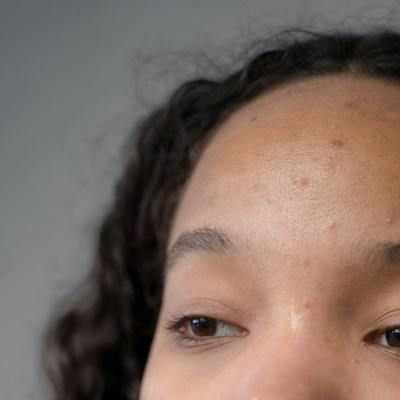Article
Tofacitinib in New Form Looks Promising for Atopic Dermatitis
Author(s):
An early clinical trial of a topical preparation of tofacitinib, a janus kinase (JAK) inhibitor, demonstrated that it improved symptoms of atopic dermatitis (AD) and was well tolerated.

An early clinical trial of a topical preparation of tofacitinib, a janus kinase (JAK) inhibitor, demonstrated that it improved symptoms of atopic dermatitis (AD) and was well tolerated.
The agent is currently approved in oral form (Xeljanz, Pfizer) for treatment of rheumatoid arthritis, and has been investigated in both oral and topical formulations for plaque psoriasis.
This first randomized clinical trial (phase IIa) of tofacitinib for AD was published by William Ports, DVM, Senior Director, Clinical Development, Pfizer, and colleagues September 24 online in the British Journal of Dermatology.
Ports and colleagues indicate that although topical agents, including emollients, corticosteroids and calcineurin inhibitors are the mainstay of AD therapy, there remains a need for topical products with improved efficacy and without application-site reactions.
"Despite the ongoing unmet medical need, it has been 15 years since a new AD drug with a novel mechanism of action has been approved, highlighting the need for other effective agents for the treatment of AD," Ports and colleagues remark.
The researchers explain that the JAK inhibitor reduces JAK- mediated pathway for signal transduction of numerous cytokines, including at the cytokine IL-4 receptor, implicated in dysregulation of keratinocyte function in AD, and in the upregulation of IL-31 which has been linked to pruritus.
STAT
"Tofacitinib has been shown to inhibit cytokines such as IL-4 directly and leads to rapid attenuation of JAK- (signal transducer and activator of transcription) signaling in keratinocytes," the investigators indicate.
EASI
The trial randomized 69 adults with mild to moderate AD to receive either 2% tofacitinib ointment or the ointment vehicle twice daily for 4 weeks. The primary measure of efficacy was the percentage change from baseline on the Eczema Area and Severity Index () at completion of the 4 week treatment period.
Patients receiving active medication showed significantly greater improvement than with the ointment vehicle across all pre-specified efficacy end points, and for pruritus at week 4. Significantly improved EASI scores were observed by week 1 and improvements in pruritus were observed by day 2. The active agent was found safe, and as well tolerated as the ointment vehicle.
STAT
"These results indicate that inhibition of the JAK- pathway may be a new therapeutic target for AD," Ports and colleagues conclude, "and that additional studies are warranted to address the unmet need in the treatment of AD."
Reference
Topical tofacitinib for atopic dermatitis: A phase IIa randomized trial
Further Coverage:
Dupilumab, A Promising Atopic Dermatitis and Asthma Drug, Fast Tracked by FDA
Crisaborole Ointment: A Novel Nonsteroidal Atopic Dermatitis Treatment for Children and Adults
Novel Topical Improves Atopic Dermatitis in Children





